13 Digital Transformation Trends to Watch Out for in 2023
It’s necessary to understand valuable movements to incorporate the latest and greatest digital transformation trends into products as part of your digital transformation strategy. Of course, the first step is knowing what’s out there before you can incorporate the best technologies for your users.
Here, we’re going to revisit some design trends we recently discussed, and then we’ll dive into digital transformation trends that we’ll see continue through 2022 and into 2023.
Table of contents
Healthcare
- Application of PGHD (Patient-Generated Health Data) will make healthcare more patient-centric
- Telemedicine will continue to become more commonplace
- Blockchain for medical data storage will increase patient-centered interoperability
Retail & Restaurants
- AI and ML will bring improvements to product recommendations and chatbots.
- Geofencing and Bluetooth beacon technology will help engage with customers in specific locations
- More mobile apps and social media shopping will be more user-centered
Construction
- Building Information Modeling (BIM) will improve improved collaboration among architects and engineers
- AI-driven systems for construction tools will improve worksite productivity and quality of output
Finance
- Better payroll tech gives businesses more control of their finances
- Banks will offer more tools that measure users’ financial health scores
- More robust banking-as-a-service (BaaS) platforms will create more feature-rich, modular systems for all businesses
Transportation
- Vehicle-to-everything (V2X) communication will improve safety by providing real-time data
- Blockchain will make transportation and logistics smarter and more secure
A quick recap on mobile app design trends
Several design trends have been taking hold in new digital products over the last couple of years.
Highly engaging components that add to the UX like chatbots, secure third-party sign-ins, motion graphics, and more improve functionality by making software more useful.
The intersection of design and operability is one that showcases how highly-visible features on the surface become something that a user engages with without giving it much thought.

We’re still a ways off from sentient bots. | Source: Kenny Eliason on Pixabay
While it might seem like splitting hairs to differentiate top-level features from those running on the backend, we want to distinguish the two as many technical advancements driving functions behind the scenes aren’t quite as obvious.
Certain backend features, like those driven by AI and ML, aren’t usually as apparent but they need to be discussed so businesses can understand the value they provide to incorporate into their own digital transformation strategy.
In the following, we’re going to look at some advanced digital transformation trends that will vastly improve the functionality of software where they’re applied.
How to speed up digital transformation in my company?Keep a close eye on emerging technologies and determine the best way to implement policies that favor them. Identify challenges and processes where there is room for improvement. Set up a research team that will be in charge of testing various technological innovations before you systematically adopt them; you’re trying to make improvements, not set yourself back with costly mistakes. Trial and error will be part of the process until you’re able to implement solutions that can successfully address your pain points. |
Upcoming digital transformation trends for different industries
Businesses using cutting-edge technology effectively can surpass competitors and set the bar for the rest of the market.
Much of what we’ll highlight has the potential to shift expectations and influence the future of the market drastically.
Digital Transformation in Healthcare
1. Application of PGHD (Patient-Generated Health Data) will make healthcare more patient-centric
The future of healthcare is already being driven by technology that puts more control in the hands of patients.
Healthcare at its core has always been “patient-centric” (that’s the whole point, right?), but until recently, individuals have been at the mercy of treatment regimens designed by their providers based on bits of input they gather during visits.

Mobile apps help those that want to be proactive and take charge of their health by giving medical providers useful data. | Source: Online Marketing on Unsplash
Historically, major problems with both physical and mental healthcare stem from the fact that testing and diagnostics only occur during office visits which is why PGHD will play a major role in strategy moving forward.
With a greater volume of data – as with anything remotely scientific – medical health professionals can get better insights into a patient’s health profile that will allow them to derive better treatment options.
Various wearables such as those that monitor heart rate and track steps in conjunction with home health tech like Bluetooth blood pressure testing units, Bluetooth pen caps, and other specialized tools along with apps that capture this information can paint a more comprehensive picture of someone’s health when users take advantage of these systems.
By using HIPAA-compliant APIs that can securely push and pull data between user devices and medical systems, healthcare providers are better equipped to spot trends they wouldn’t otherwise see.

Not to mention, wearable tech has plenty of uses and even adds some extra style to waredrobes. | Source: Luca Bravo on Unsplash
More than ever, the analytics tech stacks used in digital products are front-and-center digital transformation trends.
One good example is observed when individuals show high blood pressure during a checkup but genuinely have great cardiovascular health simply because the symptom stems from anxiety. Other problems with intermittent symptoms can become easier to catch as well such as with acute conditions that seem to surface unpredictably.
Time, data, and experimentation will increase the efficacy of PGHD as its use becomes more commonplace in medical companies’ digital transformation strategy.
This year, we’ll see more concerted efforts to interpret this data that will teach developers how to adapt analytics to successfully present information in ways that are highly useful to medical professionals.
Why are data and analytics key to digital transformation?Every organization needs to track its growth and the outcomes of its policies to identify pain points, areas of opportunity – and successes that could be applied in other areas! This is done by keeping data and records, processing them, predicting behaviors, and drawing up analytics. Organizations can use these analytics, as well as AI and ML, to understand the data and drive growth. |
2. Telemedicine will continue to become more commonplace
The pandemic shot platforms like Zoom into the mainstream as video calls replaced a significant chunk of face-to-face human interaction.

It works great for agencies as well. Read more about our culture here!
This technology was rapidly adopted in healthcare to mitigate the spread of COVID-19 for existing providers and further served as the backbone for services like Lemonaid to carve out a spot in the market.
As a result, we observed a surge of searches on the web for HIPAA-compliant platforms and plugins. This will eventually translate to more providers refining their platforms or tools to meet the requirements for the secure exchange of healthcare information.
Because healthcare providers were able to see these systems in action, we will see this feature become more commonplace in healthcare apps designed to connect providers with their patients.
3. Blockchain for medical data storage will increase patient-centered interoperability
While blockchain is becoming much more commonplace, many are considering practical implementations for the healthcare industry.
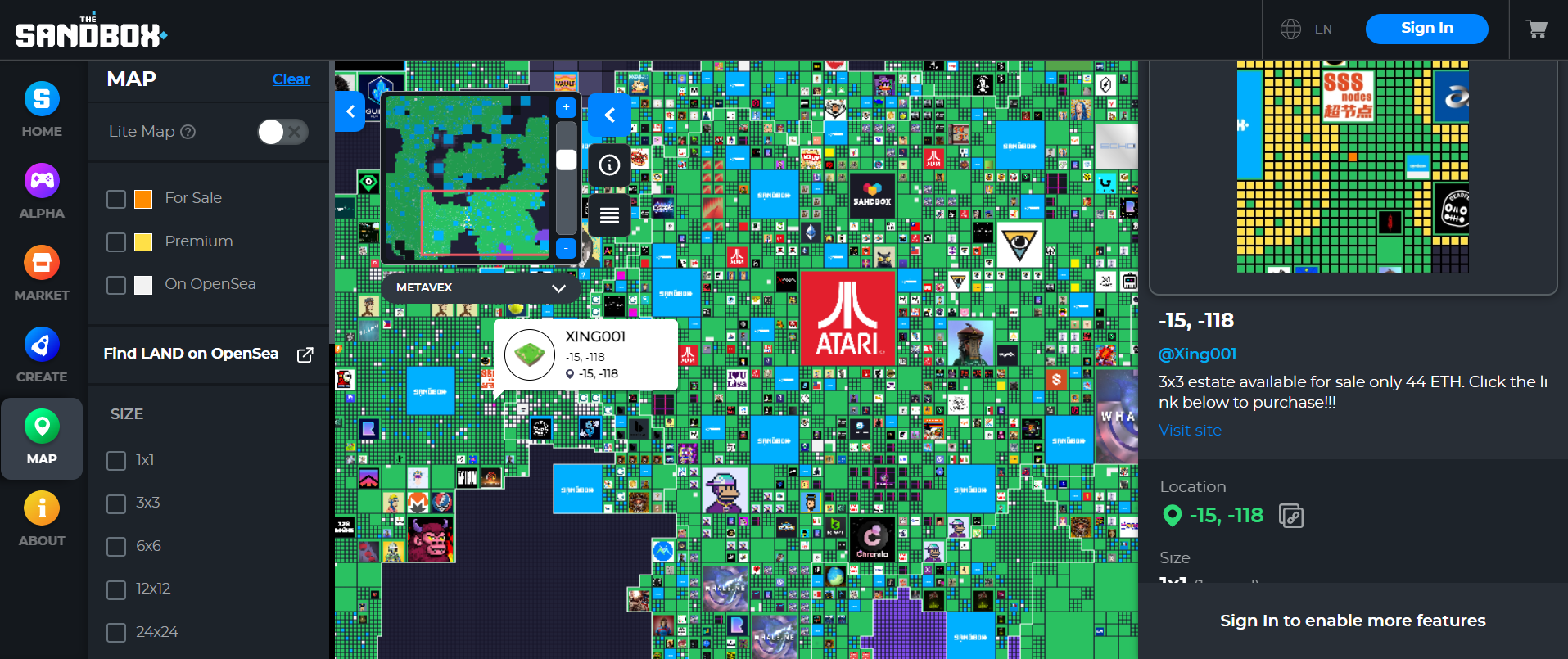
Blockchain’s uses are expansive, powering play-to-earn platforms among many other valuable uses. | Source: The Sandbox
The idea is that blockchain can serve to increase patient-centered interoperability by allowing “patients to assign access rules for their medical data, for example, permitting specific researchers to access parts of their data for a fixed period of time. With blockchain technology, patients can connect to other hospitals and collect their medical data automatically.”
Once issues with security and scalability are solved, patient data could both become more accessible and protected, as paradoxical as it sounds.
Storing hashes that reference patient data using blockchain would safely provide larger datasets for medical researchers, enable individuals to access their data, and vastly improve record sharing between medical practices.
Most likely, we won’t see blockchain come to fruition on a production level for mainstream healthcare just yet. However, experiments and proof of concepts that will emerge throughout the year from various companies like BurstIQ, Factom, and others that could well be just the kind of use case that’s needed for this technology to become a viable tool for digital transformation strategy.
Retail & Restaurants
4.AI and ML will bring improvements to product recommendations and chatbots.
Everywhere you look on the web, blogs and featured articles tend to focus on the application of AI and ML digital transformation trends in two primary areas: product recommendations and chatbots.
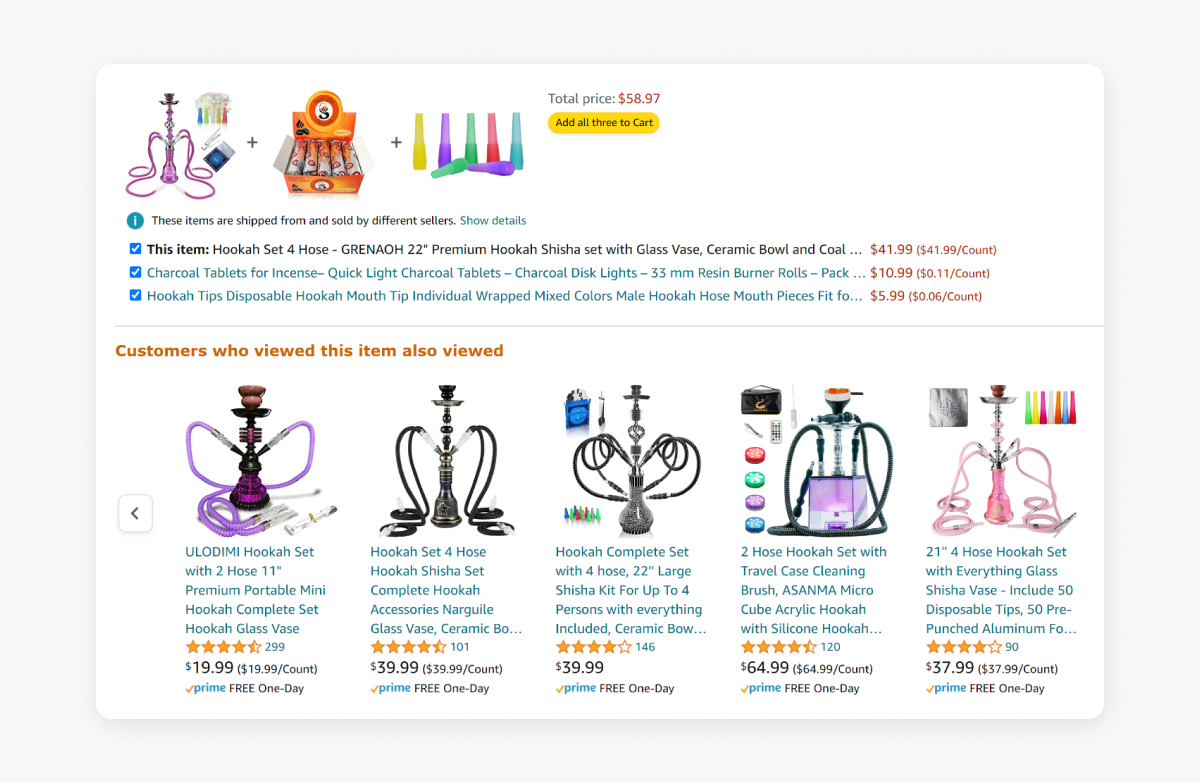
Love or hate Amazon, searching for stuff is a good way to figure out what to get when you decide to pick up a new hobby or stuff to entertain guests | Source: Amazon
While neither are new at this point, both are seeding themselves as standard design features for modern eCommerce as they’ve been proven to increase conversion.
On the backend, efforts to implement functions that improve how these systems interpret information with emotional intelligence will take place on a broad scale and affect much more than just chatbots.
One such way this will be accomplished is through sentiment analysis that gauges the user’s feelings and further attributes a confidence score to the output. Beyond knowing the difference between positive and negative, the ability to identify a more diverse range of emotions like skepticism and excitement proves to be incredibly useful in a few areas such as calculating the performance of a future product.
A good example comes from the company Brandwatch that used sentiment analysis for the smartphone company, OnePlus, to analyze their audience’s feelings which you can read more about in this case study.
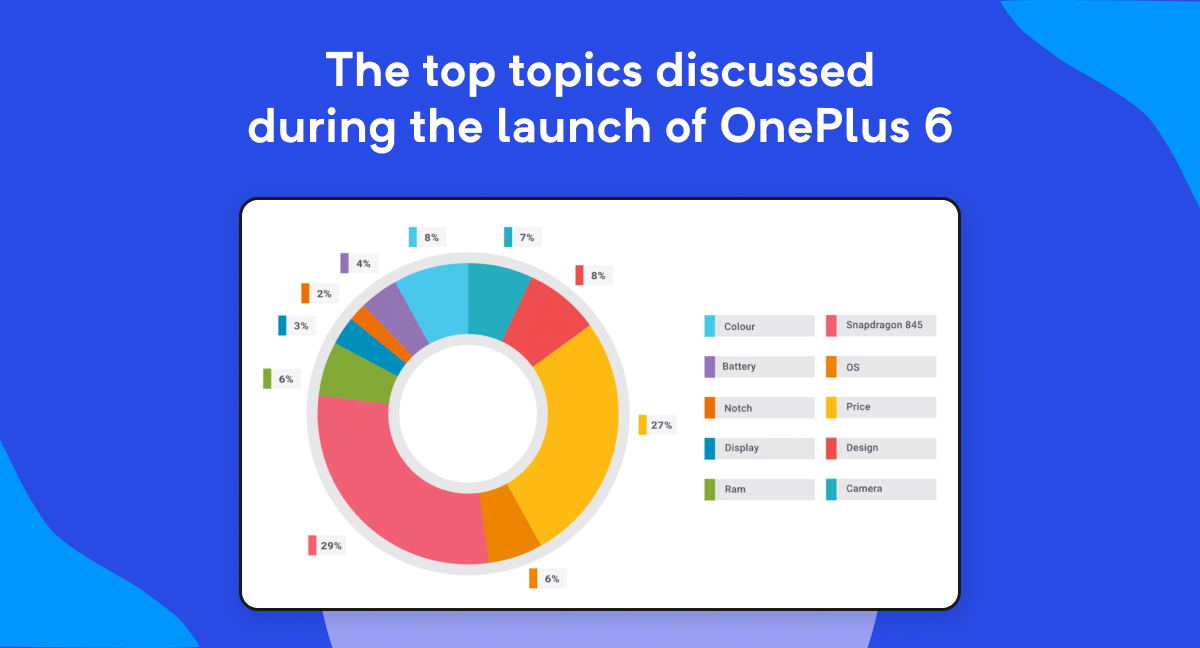
Source: Brandwatch
Retailers can use sentiment analysis to parse customer feedback with minimal effort and then adapt everything from inventory control measures to certain procedures based on what they learned as part of a new element of a digital transformation strategy.
On a deeper level, this information can be shared with their vendors, thus allowing them to better play to their strengths and make improvements where needed. Understanding sentiment also better equips businesses to tailor their responses better when engaging with reviews and feedback.
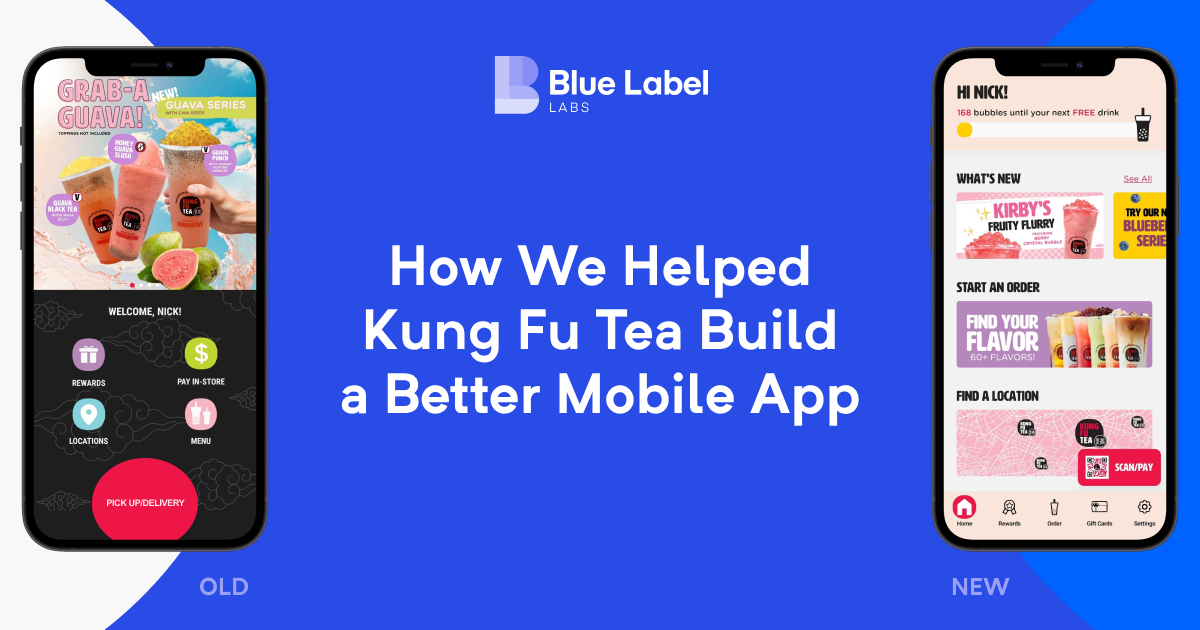
Analytics are the core of many products, like the Kung Fu Tea app we recently rebuilt from the ground up.
Across the board, analytics like Segment, Mixpanel, and AppsFlyer that we used in the Kung Fu Tea app are incredibly important for digging into and understanding granular-level details about how your users behave.
Why is digital transformation crucial for customer experience?Companies design products and services with a focus on the customer. No company can survive without a customer base, making this the most important part of the company. Geared towards improving overall customer experience, growth, and cost reduction, digital transformation tools in the banking and financial spaces are crucial. It’s simple: leverage technology, drive growth and reduce the cost of operations. You know what they say, a happy customer sticks around. |
5. Geofencing and Bluetooth beacon technology will help engage with customers in specific locations
Specialized sensors and internal smartphone components like Bluetooth and GPS radios can work together or independently to provide more insights and increase conversions based on a user’s location.

Whereas the one around your yard simply keeps your doggo from interacting with passersby the way she wants to. I Source: Kristina Paukshtite on Pexels
More retailers will be overhauling their apps to take advantage of digital tactics to better engage with customers – ideally, these services are also connected to viable analytics systems as well.
One way geofencing providers help business is by allowing them to push out notifications to users in a certain geographic location. By sending out offers like coupons and such, retailers can get customers to spend more money than they would otherwise.
This year, we’re likely to see more innovation with this technology where businesses will connect these to their chatbot systems which could answer questions like the location of items in a store or provide details on a product.
The idea behind Bluetooth beacons is much the same – with proper placement of these sensors, businesses can engage with customers to provide offers and information. We expect to see this technology evolve to engage with visitors in a similar fashion to geofencing.

Just avoid peak business hours as it can get a little cramped. | Source: Brittani Burns on Unsplash
Two popular franchises, Walgreens and Whole Foods have both observed substantial results by creatively using geofences that other businesses will likely soon adopt into their digital transformation strategy.
Walgreens tethers its geofencing to its loyalty rewards system which puts the customer rewards front and center when a user enters a location which encourages increased spending.
Whole Foods is using a sneaky maneuver by setting up geofences near competitor locations, enticing individuals to instead shop at one of their locations – this campaign has “yielded Whole Foods a 4.69% post-click conversion rate – more than three times the national average of 1.43%.”
6. More mobile apps and social media shopping will be more user-centered
Though mobile web pages for eCommerce allow customers to view content and make purchases, reports indicate that they don’t perform as well as their mobile app counterparts – mobile apps tend to convert around 157% better, on average, even when they offer the same functions.

Mobile apps can be better optimized which is especially important for high-volume brands like Starbucks.
While there are several reasons for this, one is simply that mobile apps built with native frameworks or cross-platform frameworks like React Native often perform better than mobile web pages.
The smoother operation of a well-designed eCommerce UI allows users to keep their momentum while browsing items and content. Users that make the effort to install a retailer’s mobile app often have the intention of using it which is another reason that we observe higher conversion rates.
This also provides some additional benefits as well such as improved security – the architecture of apps on both Android and iOS along with mandatory guidelines for apps on either storefront helps ensure no major security concerns are present.
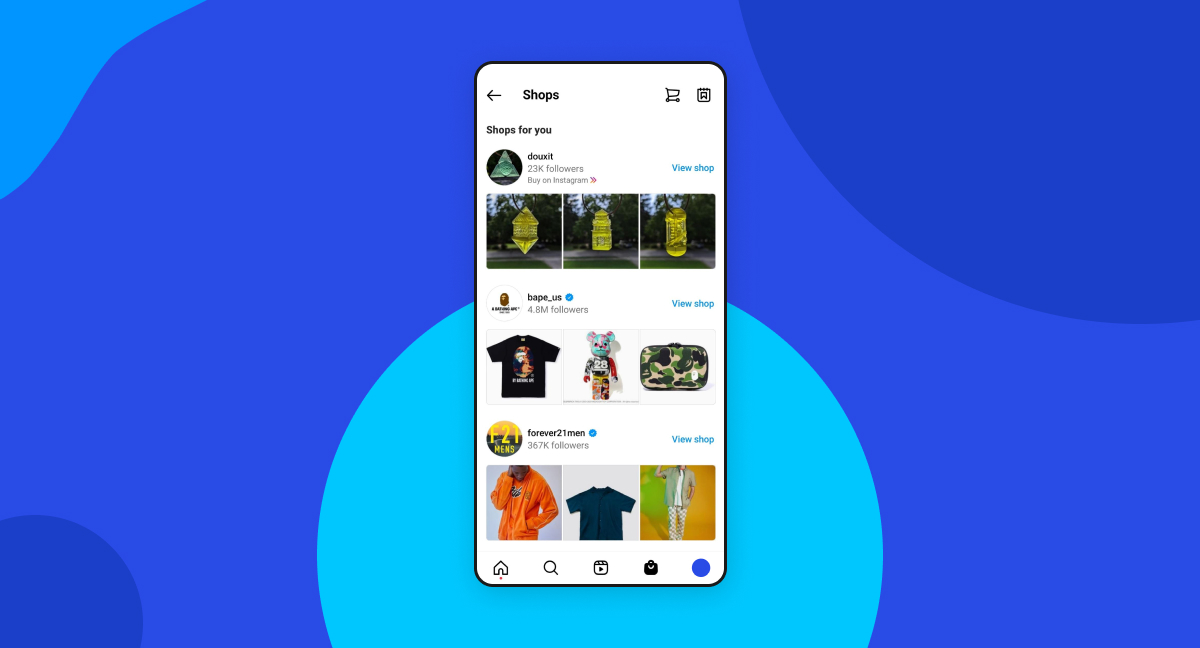
The nice part here is that you get access to other Instagram tools that allow everyone to make their products pop, from the DIY boutique to large corporations.
Social media shops are now established tools that will become more accessible to retailers this year with systems Shops on Instagram that allow customers to make purchases directly from the platform.
Both existing and emerging platforms will follow suit and continue to build tools that make shopping a convenient and enjoyable experience.
Construction
7. Building Information Modeling (BIM) will improve improved collaboration among architects and engineers
Architects and engineers use modern BIM solutions to design sites and structures. These modeling systems include a ton of tools that allow professionals to create 3D models, design blueprints, outline specifications, and much more.
One of the digital transformation trends we expect to see more of in the construction industry will follow suit with the likes of Autodesk by offering new or improved tools for generative design.
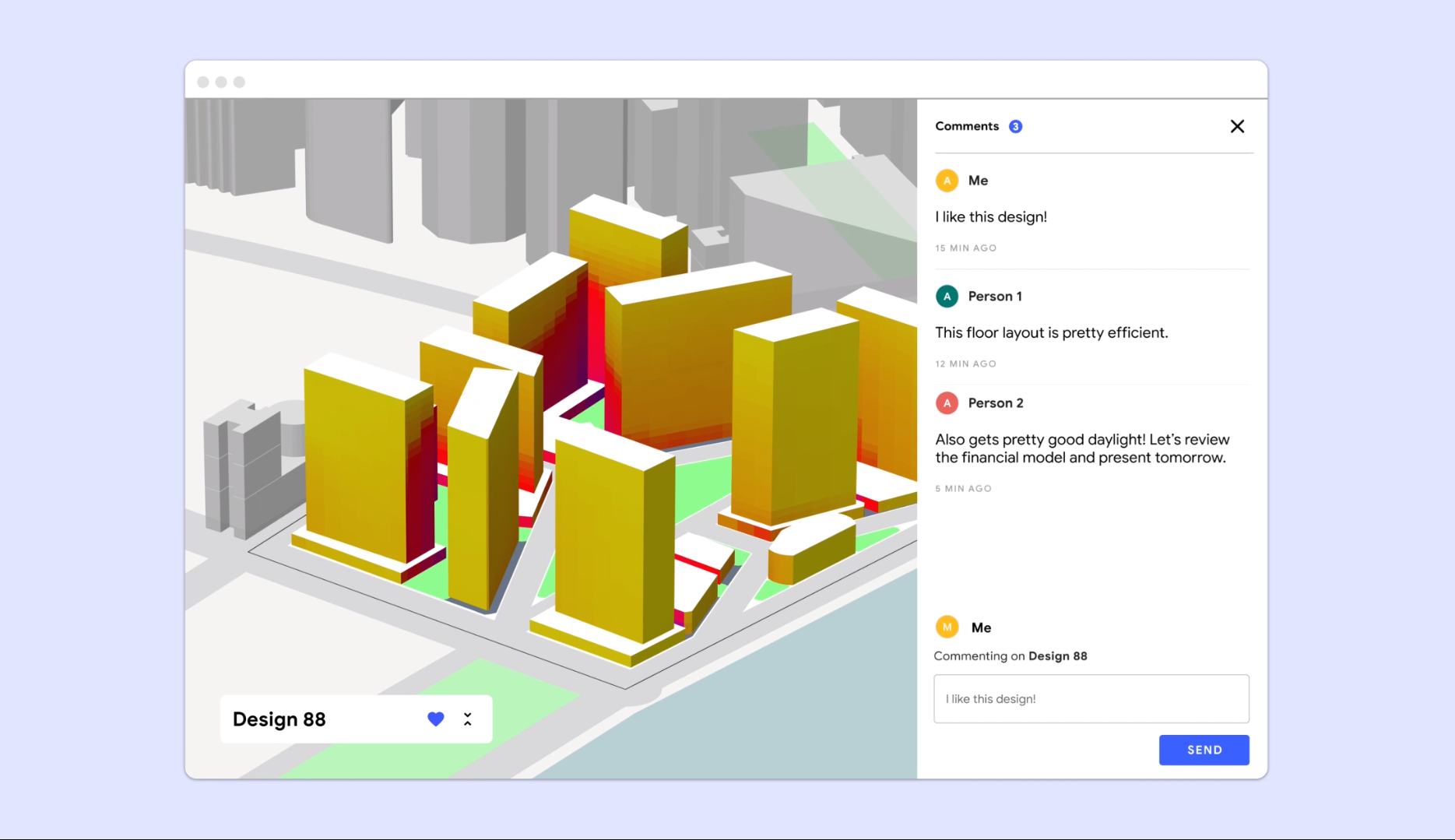
If you’re familiar with the urban development business, you know what a challenge this part can be.
This is the driving feature behind the platform we built in partnership with Sidewalk Labs known as Delve – these systems use AI to generate multiple design variations for a project by taking every bit of information about a building site into consideration.
You can learn how UK-based real estate developer, Quintain, used this tool to rapidly-produce multiple design options for a site they developed outside of Wembley Stadium by reading this case study.
Currently, after designs and blueprints are finalized, data is transmitted to construction software like PlanGrid that onsite professionals use for reference. Systems like PlanGrid include tools that allow workers to create markup and add notes to prints which keeps everyone on the same page.
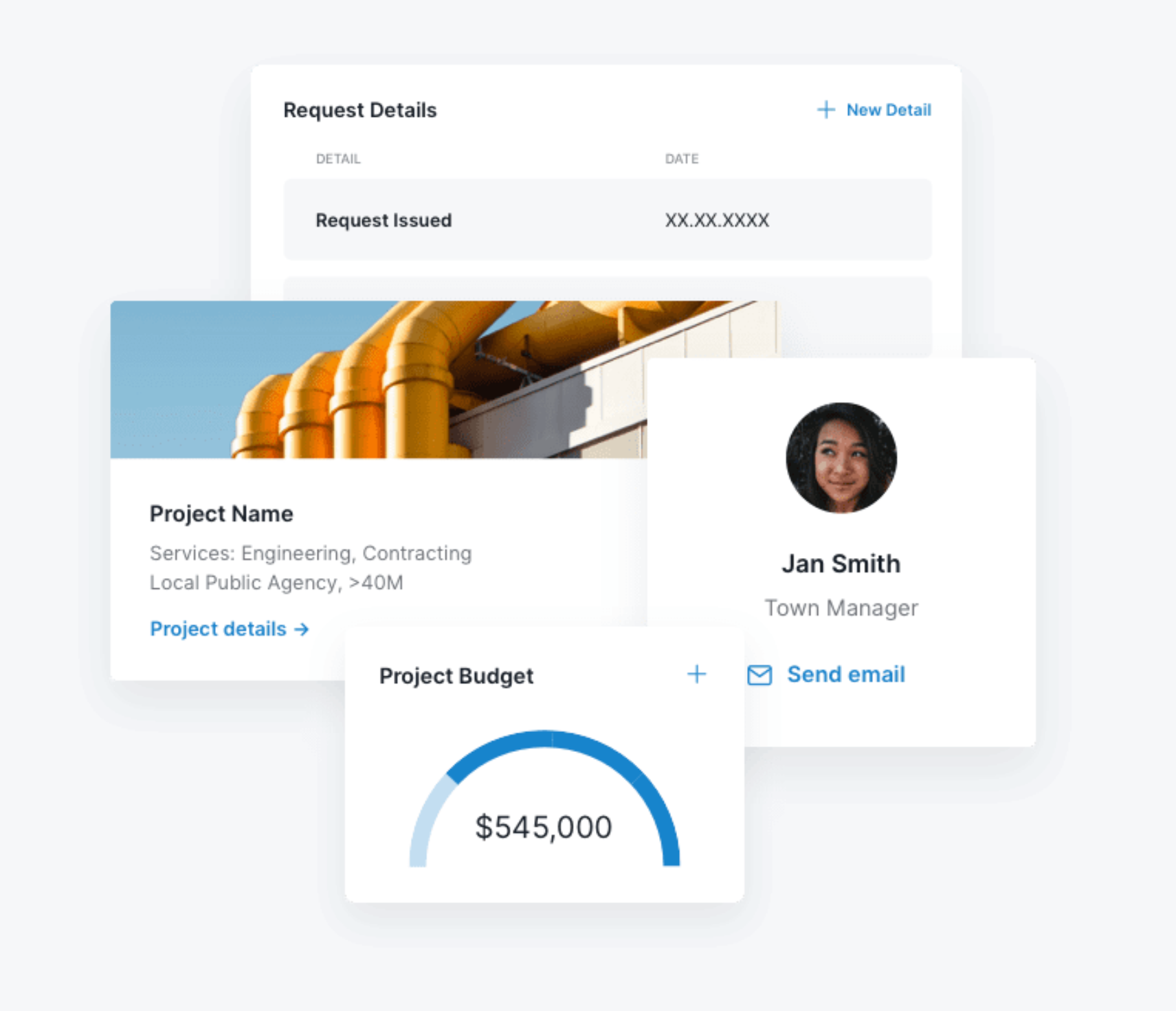
Working on public projects is always a challenge getting everyone on the same page which is where products like Munera come into play. | Source: Munera
General collaboration will continue to be a central focus which is a core part of the Munera platform we helped create. Because collaboration in the public sector has always been challenging, this product helps connect vendors, agencies, and capital providers in one place which helps project execution times and reduces costs.
One digital transformation strategy we expect to see take hold this year is greater connectivity between construction platforms and design software – as anyone who has worked in skilled labor knows, designers can make mistakes. Collaborative sharing via secure APIs that bridge design and construction software allows architects and engineers to address substantial design issues in real-time which will make teams productive.
8. AI-driven systems for construction tools will improve worksite productivity and quality of output
Revolutionary systems construction like Volvo Compact Assist may not make mainstream headlines but this and other systems have made waves in the industry.
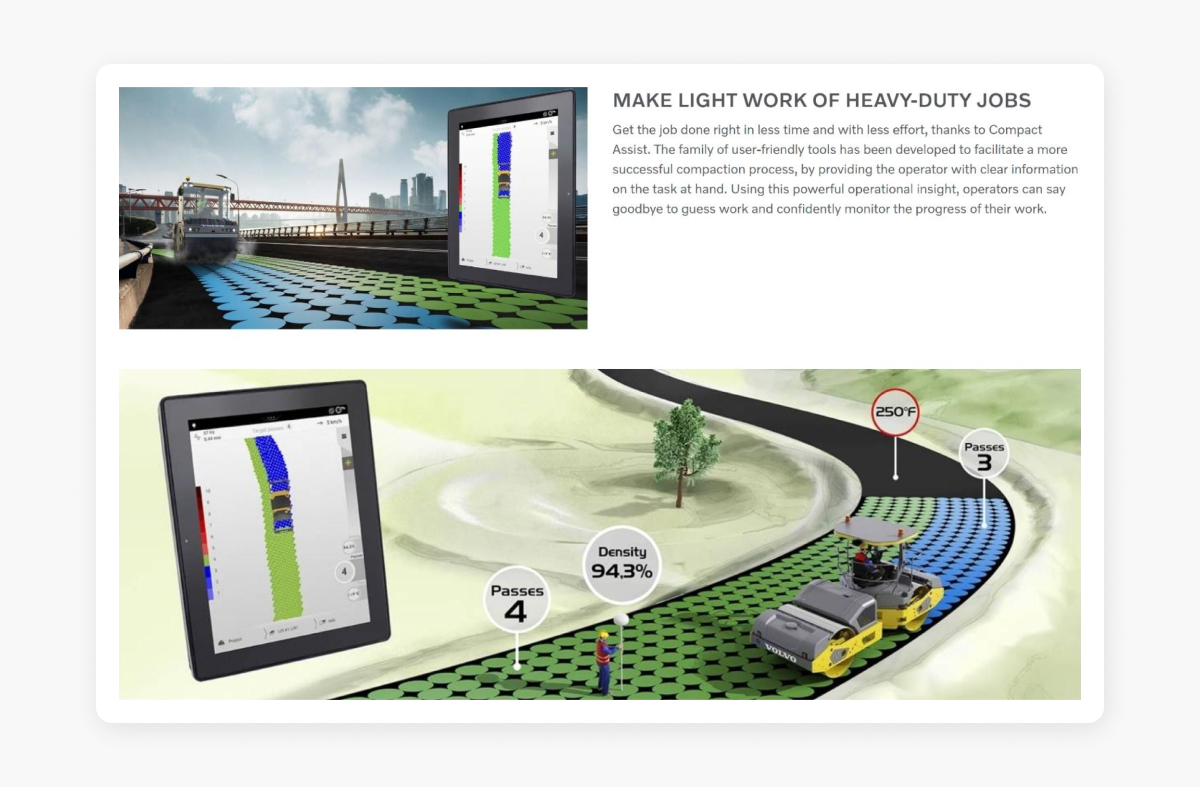
And if you know people in the concrete biz, you know there’s an art to the process as well. | Source: Volvo
This app runs on embedded systems installed on compacting equipment to analyze mixtures like soil and asphalt as well as provide real-time density calculations through pass mapping. It uses a neural network to offer AI algorithms that adapt to mixture compositions to help roller operators ensure that foundations are properly built.
In conjunction with generative design, AI-driven systems for construction tools will improve worksite productivity and the quality of output.
Construction equipment manufacturers and tool companies will be implementing tools that parallel what we see in Volvo’s solution for better insights into technical processes – the next wave of cutting-edge construction equipment and tools will include sensors that will connect with apps to provide analytics and feedback that can help users improve technique, mitigate risks, monitor wear-and-tear, and beyond.
By feeding this data into construction apps, managers gain a better understanding of worker performance and equipment integrity.
Finance
9. Better payroll tech gives businesses more control of their finances
Every business needs a system to pay its workforce – until recently, the extent of the capabilities furnished by these systems allowed accountants to tally up time for hourly workers and disburse payments through ACH payments.

People may love their jobs but getting paid is an important element for most of us. | Source: cottonbro on Pexels
Fintech companies are collectively moving forward by implementing new features that expand payment options for businesses.
New capabilities for these platforms will include salary on-demand to give users insights into how their pay stacks up for their role and region, salary advance that allows employees to request payment earlier when special circumstances arise, early direct deposit to get funds in employee hands faster, and crypto payroll that enables companies to issue payments as cryptocurrency.
To streamline these functions, fintech companies will build apps that connect workers to payroll systems. In doing so, a user can access tools like salary on-demand as well as submit requests for different payment arrangements when available.
Why is digital transformation in the new normal essential?In a post-pandemic world, digital transformation has allowed businesses to meet goals and drive growth and revenue through agility, innovation, and compliance. Digital transformation can be seen in every aspect of an organization and its supply chain. It ensures that processes are completed, and unlocks productivity while gathering data and delivering reports to improve results. |
10. Banks will offer more tools that measure users’ financial health scores
Much like a credit score, more banks will soon be offering tools that measure users’ financial health scores which you can learn more about through the link.
These scores aim to profile a user’s financial situation based on several metrics and will likely be used internally to qualify customers for banking loans.

The Credit Karma app will continue to remain a useful tool in this area too. | Source: Credit Karma
Once these scoring systems are better refined, they’ll be put to work in banking apps to help users make better decisions as part of their digital transformation strategy.
For example, a financial health score working alongside banking bill pay systems can adjust outgoing payments to linked credit cards, raising the amount to save the user money from interest accrual or lower payments when they’re light on funds.
Why do banks need digital transformation?Serving over 3.8 billion people globally, the banking industry is constantly driving growth and innovation and must be able to pivot with technology to leverage innovations and reduce costs. Banks need digital transformation tools to stay agile, and compliant, drive growth and reduce costs and obsolete operations. Digital transformation allows for transaction ease and speed, record keeping, database management, and service deployment to provide financial inclusion and overall customer retention. |
11. More robust banking-as-a-service (BaaS) platforms will create more feature-rich, modular systems for all businesses
When we think of payment processing, leaders like Stripe usually come to mind as they can securely integrate into websites and mobile apps to facilitate the secure exchange of funds.
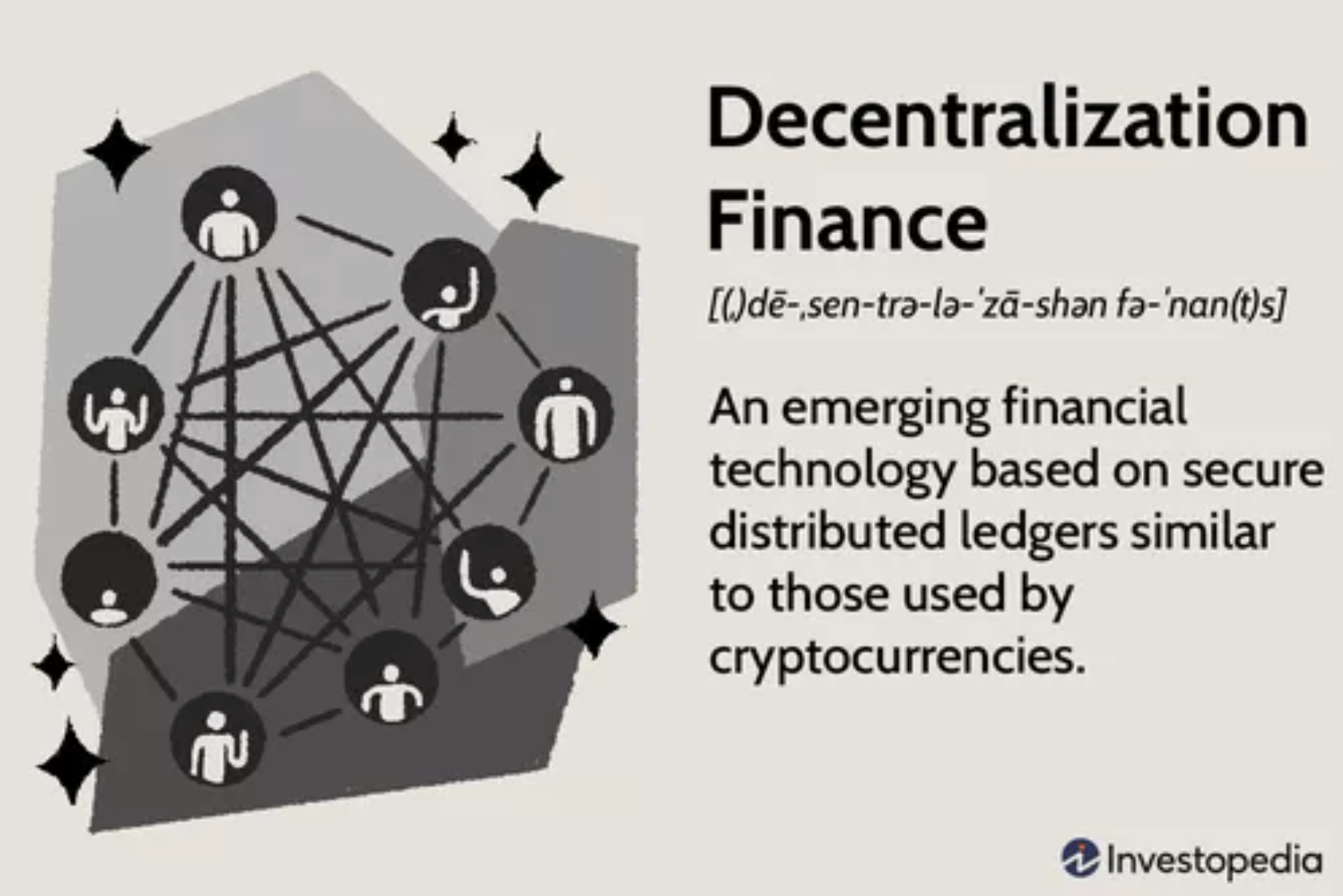
Blockchain is playing a big role here as well. | Source: Investopedia
Today, we’re seeing a movement to create more feature-rich, modular systems that supply fintech and other platforms with more bank-like functions as part of the decentralized finance (DeFi) movement.
Leading the charge in this endeavor are companies like Stripe and newcomer, Moov.
These BaaS systems enable fintech companies to handle transactions beyond their core service of supporting ACH with API functions handling functions such as conducting wire transfers providing, supporting interest-earning accounts, providing customer access to payments funds, and other services. Further, Moov’s open-source ecosystem further aims to standardize embedded payment infrastructure which will ultimately benefit everyone.
Soon, this technology will open doors for more advanced transaction processing in apps and websites by connecting to more financial products and accounts beyond standard checking and savings.
Transportation
12. Vehicle-to-everything (V2X) communication will improve safety by providing real-time data
A couple of major components needed for self-driving vehicles to function in the real world are high-bandwidth, low-latency connections through 5G as this is paramount for navigation and the ability to exchange data between other systems.
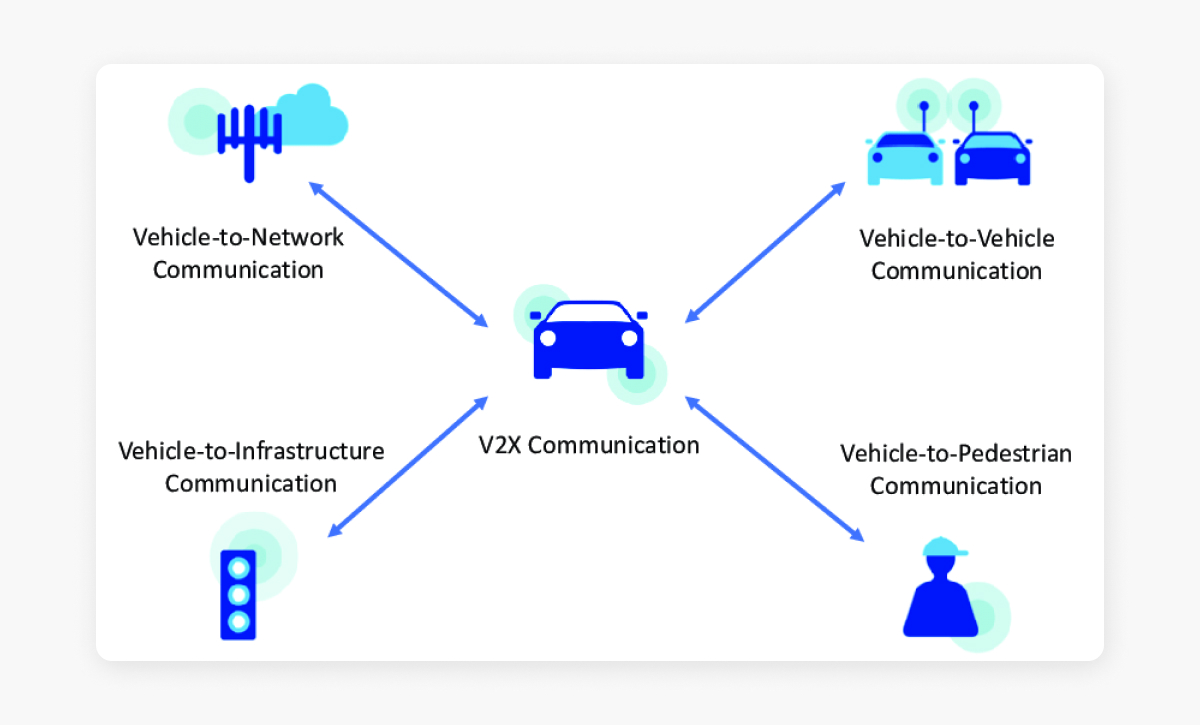
Most things that aim to make roadways safer are a plus. | Source: CFI
V2X, which aims to bridge the concepts of vehicle-to-vehicle (V2V) and vehicle-to-infrastructure (V2I) concepts, will not only support autonomous travel but also become a staple for all vehicles in the future.
By using a dedicated, secure spectrum, vehicles will be able to communicate with other vehicles, infrastructure, and even pedestrians.
The goal behind this technology is to improve safety by providing real-time data that communicates vehicle position and other parameters to nearby systems – for example, a vehicle equipped with V2X that manages to find itself in oncoming traffic would broadcast alerts to other nearby drivers to give them a heads up and in some cases, automatically initiate evasive action.
Vehicles will also receive information from infrastructure which can communicate when there is traffic signal failure, accident, and other incidents that could impact travel.
13. Blockchain will make transportation and logistics smarter and more secure
One of the biggest challenges faced by those in the trucking businesses relates to the logs that they’re required to maintain which are used for several processes.

By and large, platforms like Bitcoin are only useful for making (and losing) money but other systems like Ethereum, Polygon and Corda all have unique robust offerings. Learn more. | Source: David McBee on Pexels
Current systems on the market are highly fragmented which makes it especially difficult to share data with DoT – it’s also an administrative burden for some businesses that own a fleet but supplement their workforce with private contractors who often use different systems.
Blockchain-connected platforms would help users accomplish several tasks with transparent logging of data, thanks to distributed ledger technology (DLT).
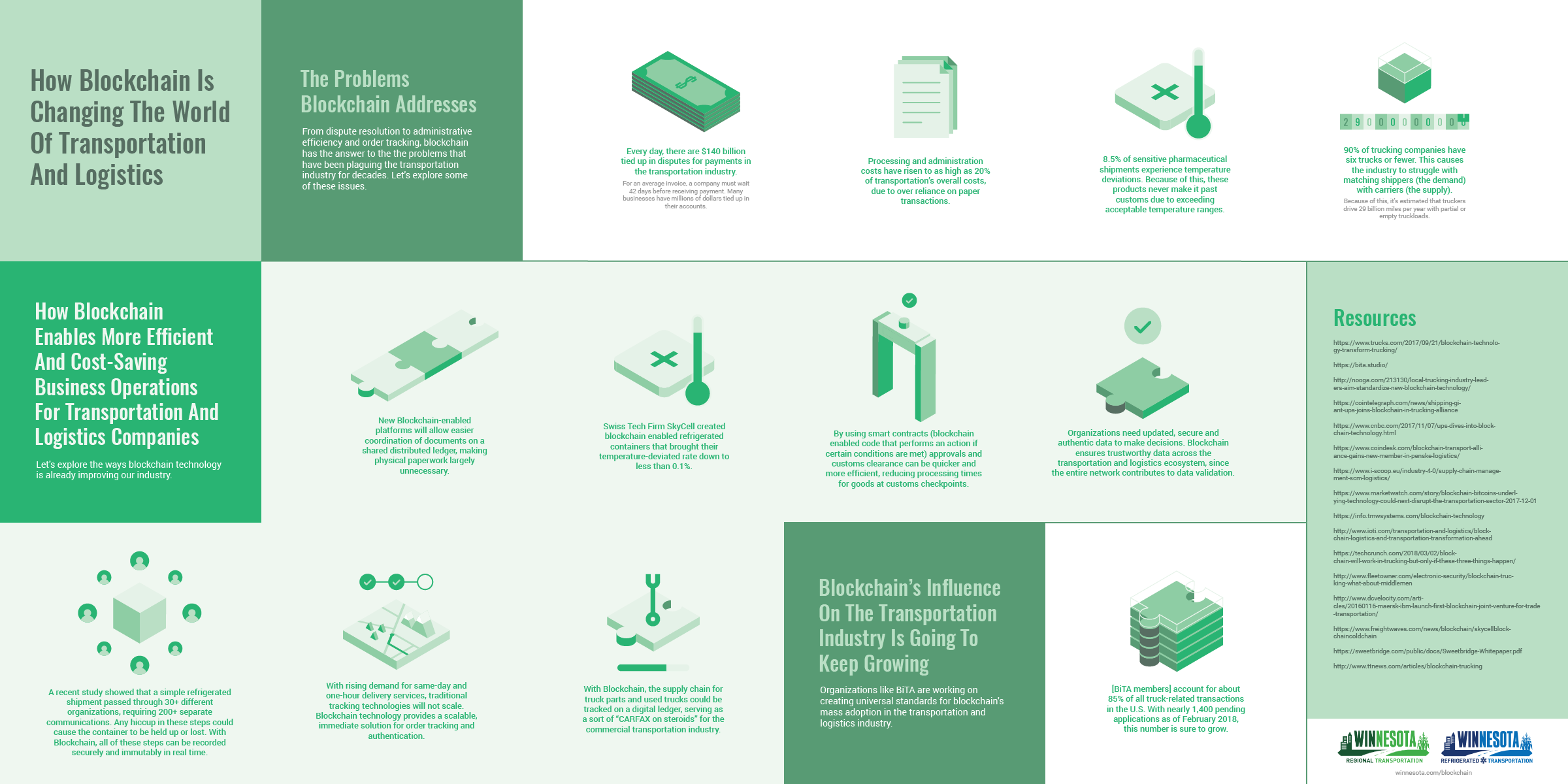
All the logging and reporting required by the DoT in the US can be streamlined with blockchain. |Source: Winnesota
Highly accessible data stored with blockchain would standardize logging efforts, improve freight tracking, enable real-time transmission of data to keep in good standing with DoT, reduce disputes, eliminate physical paperwork that plagues the industry, provide insights into performance, and much more.
The many mobile logging apps used by commercial drivers could be easily redesigned to securely push and pull a majority of data from the blockchain rather than rely solely on connected databases.
What are some examples of digital transformation in supply chain?Digital Supply Chain Transformation is the analysis of data and technology to drive value and growth to operations. This technology can accelerate business and completely transform a supply chain reducing costs and increasing revenue in the process. There are inventory applications, data capture, logistics planning, freight tracking, GPS routing, inter-organizational collaboration processes, and compliance monitor software among many many other applications. |
We thrive on implementing new digital transformation trends into our products
Our agency welcomes opportunities for blue-sky thinking – we use all the tools at our disposal to research and execute digital transformation tools for cutting-edge products in today’s digital marketplaces.
Get in touch if you’re in the market to capitalize on innovation!









